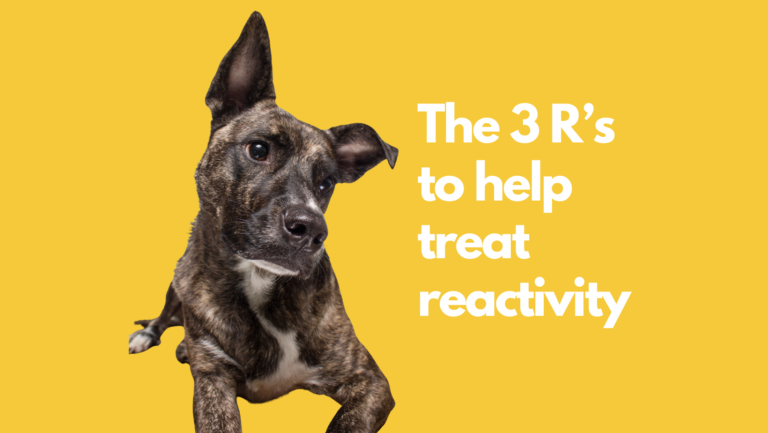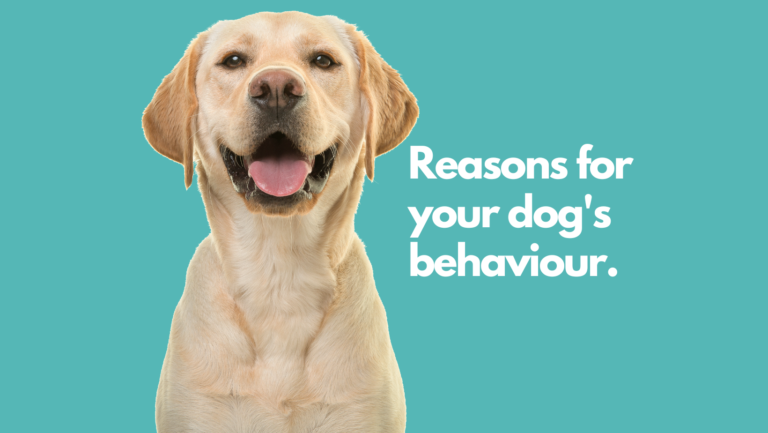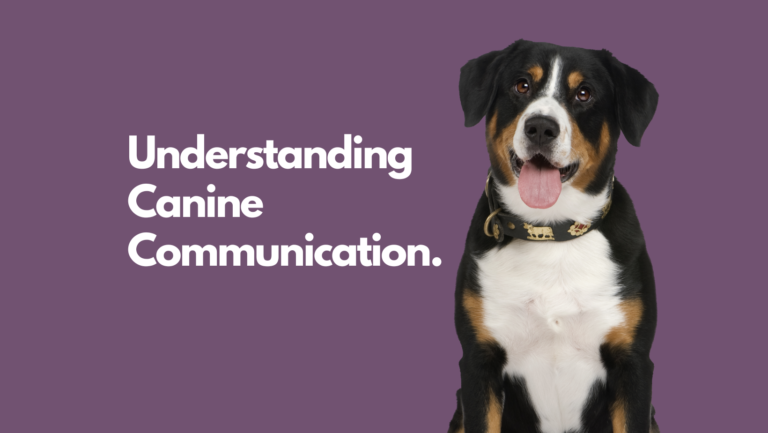To get or not to get another puppy / dog?

This is a common question in single dog households. People often feel guilty that they have limited time to spend with their current dog and, may feel that he is lonely and maybe needs a friend to keep him company during the day while they are at work.
These feelings are definitely understandable, however, is it the right decision? Getting another dog should never be a substitute for absent guardians. Dogs are inherently social animals that do live together in social groups, however, like some people – not all dogs get along. Some dogs may not want to share their people, toys, sleeping space as those are all valuable resources to them.
If your intention is to get another dog to occupy your current dog, then the chances are that they may become very busy together and not in a good way. There may be some rivalry, and other problematic behaviours to work through. If getting a new dog is to give you a break , then adding another dog is likely going to do the opposite. The chances are high that you will be busier dealing with them and sorting them out and training them both. Be mindful of having active breeds if you are not an experienced dog handler.
At the end of the day the decision to get or not to get another dog lays with you. Adding a second dog does change everything, however it doesn’t necessarily mean the changes are for the worst.
Here are some thoughts:
Is your current dog actually ready and, are you both ready to face new challenges?
How do you think it will affect your current dog?
Are the chances high that your current dog is social and will most likely get on with a new puppy/ dog?
Are you able to manage your environment if it doesn’t work and have separate areas?
Do you have the time to walk two dogs if you can’t manage walking them together?
Can you afford unexpected vet bills?
If your answer is no to most of those questions, then re-evaluate your situation and put a plan in place.
If your answer is yes, then here are some suggestions to help your current dog and new puppy/ dog get a long…
It doesn’t always go as planned so, it is important that the whole family has open communication and that everyone is on the same page. A new puppy/ dog is hard work and everyone needs to be patient and consistent. Talk about behaviour issues you could possibly face and what would be the appropriate way to handle them.
Do your research and find a good certified trainer before you bring your new addition home. This reduces the risks of rushing to look for a trainer, then picking the wrong one which may not be qualified and uses outdated, adverse methods. This is very important as the right trainer will gladly help you set up your family, current dog and future puppy/ dog for success and give you advice that will help you with your journey.
Breed research is crucial. This is not a debate about nature vs nurture and, it is important to understand and respect that dogs have been genetically engineered as well as each breed has been designed for a specific purpose. There are some breeds that may not be good to house together, for example: A Husky and a Pit Bull. These are absolutely beautiful dogs, there is not doubt about that, however, choosing a dog on aesthetics may not be the best idea as this combination may not work in the long run as one dog is bred to work intensely in cold conditions and the other was bred for bull and bear baiting which later led to illegal dog fighting. There’s no telling what the future will hold when bringing any new dog into a household, however, having two intense and possibly reactive breeds may just be a disaster waiting to happen and prevention is better than a cure.
Once you find your new furry edition and it’s time for an introduction, make sure it is on neutral ground to avoid territorial aggression and, so that there is no pressure on your current dog and yourselves. Do not have anything with you that could possibly cause a problem, like food or squeaky toys.
Have them both on lead at a distance from one another and slowly walk closer to each other. Be mindful that you don’t walk head on, this can be threatening for the dogs. As you get closer observe the dogs body language and if you see signals like tense body language, hard eyes / stares, freezing while walking, tucked tail or the dog looks really ridged with his tail held high stiffly wagging and you can see a ‘hard’ eye then immediately call your dog away using a happy voice and give space at a distance the dog is comfortable in. Also take into account if the dog is trying to escape and run away or hide behind you. If these scenarios happen or anything that makes you feel uncomfortable, its best to call a force free, positive reinforcement trainer and re-evaluate.
If you observe a relaxed, happy body posture like the dogs seems interested in each other and there are no fear aggressive signals then you can keep moving closer to one another. If both dogs still appear happy with ‘loose waggy’ tails that move in a circular motion and, showing interest in one another then allow them to engage approaching from the side, in a non confrontational manner.
You can now go for a short walk together on lead and maintain a small distance from one another. Turn around and walk back in each other place so that it gives the dogs a chance to smell where the other dog has been and walked. This gives them the opportunity to get use to the other dogs scent. If that is successful and both dogs are still offering relaxed social behaviours you can let them interact off lead with each other.
Time to take them home…
Before they come in the house make sure all valuable items such as toys, food bowls, bedding, chews etc… are away and out of sight (prevention is better than cure).
Let a family member or person helping you take your current dog out for a short walk while you let your new puppy/ dog in the house. Give them a chance to investigate and explore their new environment. When your current dog comes home be sure to keep the environment calm and not make a big fuss. Be observant and avoid them being in cramped spaces.
LESS IS MORE !
As exciting as having a new puppy / dog is it is important to remember that both of your dogs have their whole lives to learn the things you want to teach them. It is vital that all pressure is taken off and no training is done at least in the first or two, depending on the age of the new addition and situation. You all need time to get use to each other and, the two dogs need time to get to know one another.
As each day goes by, be observant and aware of any tension arising. This can be from both dogs or just to the one if he is older and has to deal with a new, bouncing puppy with no impulse control.
Manage the environment by giving them space from each other when needed. Also give them the opportunity to learn to be on their own. You can start by taking them on short walks individually and as time passes increase the duration of your walks. Feed them separately or at a far enough distance where they don’t feel the need to resource guard their food. If one dog has finished their food first, do not let them gobble up the other dogs food.
All interactions need to be supervised. Separate them if you are unsure. The key is to always take a deep breath, take it at a slow comfortable pace and remain calm.
Tags
What do you think?
Related Articles

The 3 R’s to help treat reactivity
Training your dog is not just about teaching them to listen and ‘fixing’ unwanted behaviours; it’s about creating positive associations with their environment and building

Reasons for a dogs behaviour
Dogs behave the way they do for many reasons. They do NOT do things deliberately to be stubborn or ‘naughty’, nor do they aim to

What is Dog Body Language?
Our canine friends have an intricate language of nonverbal communication known as body language. Body language is the way a dog uses his or her
